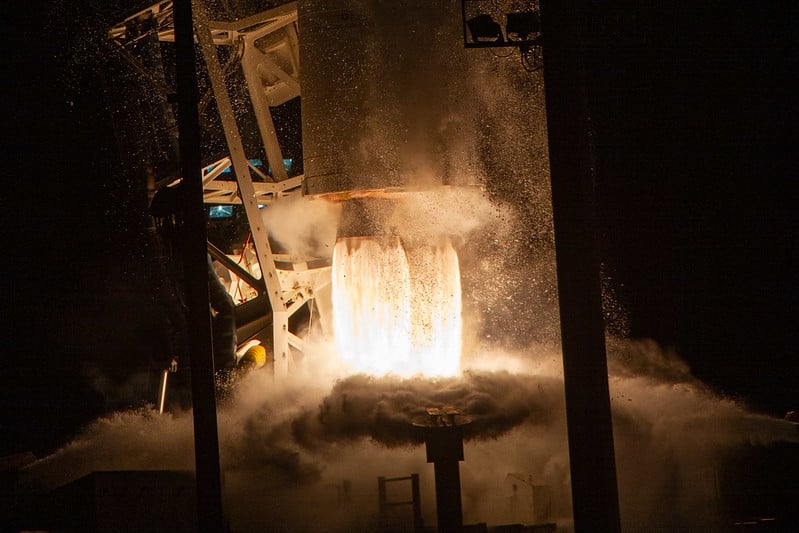What if microgravity holds the key to preventing the overheating of advanced electronics? That’s one idea behind an International Space Station (ISS) National Laboratory-sponsored investigation that recently launched to station on Northrop Grumman’s 19th Commercial Resupply Services mission (NG-19). This week, the ISS crew is working on the experiment, which aims to improve the efficiency of heat transfer devices used in various technologies, from laptops to NASA’s Hubble Telescope.
Heat pipes rely on the complex interplay between the vapor and liquid phases within a sealed system, a dynamic that can strongly affect their performance. Building on previous research on the space station, researchers at Rensselaer Polytechnic Institute (RPI), with support from ISS National Lab Implementation Partner Tec-Masters, Inc., are leveraging microgravity to better understand the vapor-liquid interfaces of organic mixtures used in heat pipes, which could lead to their improved efficiency.
The investigation, funded by the U.S. National Science Foundation (NSF), could unlock discoveries that pave the way for innovation in several fields, including energy, manufacturing, and space exploration.Heat pipes play a vital role in cooling electronic devices, but their uses don’t end there. They are also used in satellites and even Mars rovers.
“As electronic devices continue to shrink in size while simultaneously generating more power, and technologies for long-term space missions require the utmost reliability and minimal maintenance, efficient cooling becomes paramount to prevent overheating and ensure optimal performance,” said project leader Joel Plawsky, a professor of chemical engineering at RPI. “Conducting this experiment on the space station allows us to eliminate the influence of gravity and study vapor-liquid interfaces of organic mixtures used in heat pipes in an entirely new light.”
The findings could impact multiple disciplines and drive technological advancements across various sectors. Heat pipes use fluid to transfer heat, but an essential feature of the device is that the fluid undergoes a phase change between liquid and vapor. The motion and dynamics of the interface between the two phases can significantly affect the performance of heat pipes and similar systems.
In microgravity, the absence of buoyancy-driven convection and the resulting reduction in surface tension due to the higher temperature at the heated end of the pipe significantly impact heat pipedynamics and thermal performance. By closely studying the liquid-to-vapor phase change and shape of the vapor-liquid interface under these conditions, Plawsky aims to investigate the underlying physics behind the function of heat pipes.
The research team will test new techniques to diagnose heat pipe malfunctions and validate new models developed in the lab back on Earth. Plawsky hopes the investigation will be a prelude to developing a future heat pipe user facility in low Earth orbit where companies could test heat pipe designs and various working fluids.
